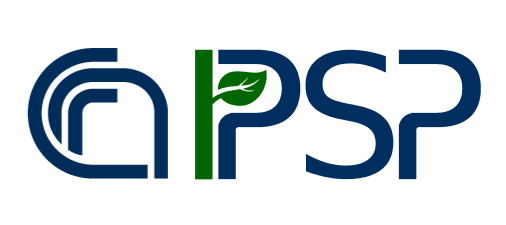Ceratocystis platani is a quarantine fungal pathogen agent of canker stain, a destructive disease affecting Platanus. Despite its diagnosis being critical for disease control, there is still no effective diagnostic tool as all known mycological and biological detection assays are problematical. In this study we developed highly effective Real-Time PCR methods based on . . . → Read More: Development of Real-Time PCR for in wood-detection of Ceratocystis platani, the agent of canker stain of Platanus spp.
|
|||||
|
Rhizomania is the most destructive disease in sugar beet throughout the world. The disease is caused by Beet necrotic yellow vein virus (BNYVV). Polymyxa betae (Keskin) is the only known vector of BNYVV, for transmission of the virus between the plants. Developing molecular diagnostic methods has a major impact on forecasting and epidemiological . . . → Read More: Development of a quantum dots FRET-based biosensor for efficient detection of Polymyxa betae Botrytis cinerea affects grape quality and yield, and can be difficult to manage due in part to non-symptomatic, quiescent infection in berry development. The aim of this study was to develop a dual system for the detection, isolation and quantification of B. cinerea. After three days of samples replication on the modified selective . . . → Read More: Early detection of gray mold in grape using conventional and molecular methods [ Eiken GENOME SITE ] – The principle of LAMP method. “LAMP” which stands for Loop-mediated Isothermal Amplification is a simple, rapid, specific and cost-effective nucleic acid amplification method solely developed by Eiken Chemical Co., Ltd. It is characterized by the use of 4 different primers specifically designed to recognize 6 distinct regions on . . . → Read More: The principle of LAMP method |
|||||
 This work is licensed under a Creative Commons Attribution-NonCommercial-NoDerivs 3.0 Unported License Copyright © 2025 The Database of PCR Primers for Phytopathogenic Agents (CNR)- All Rights Reserved Powered by WordPress & Atahualpa |
|||||
